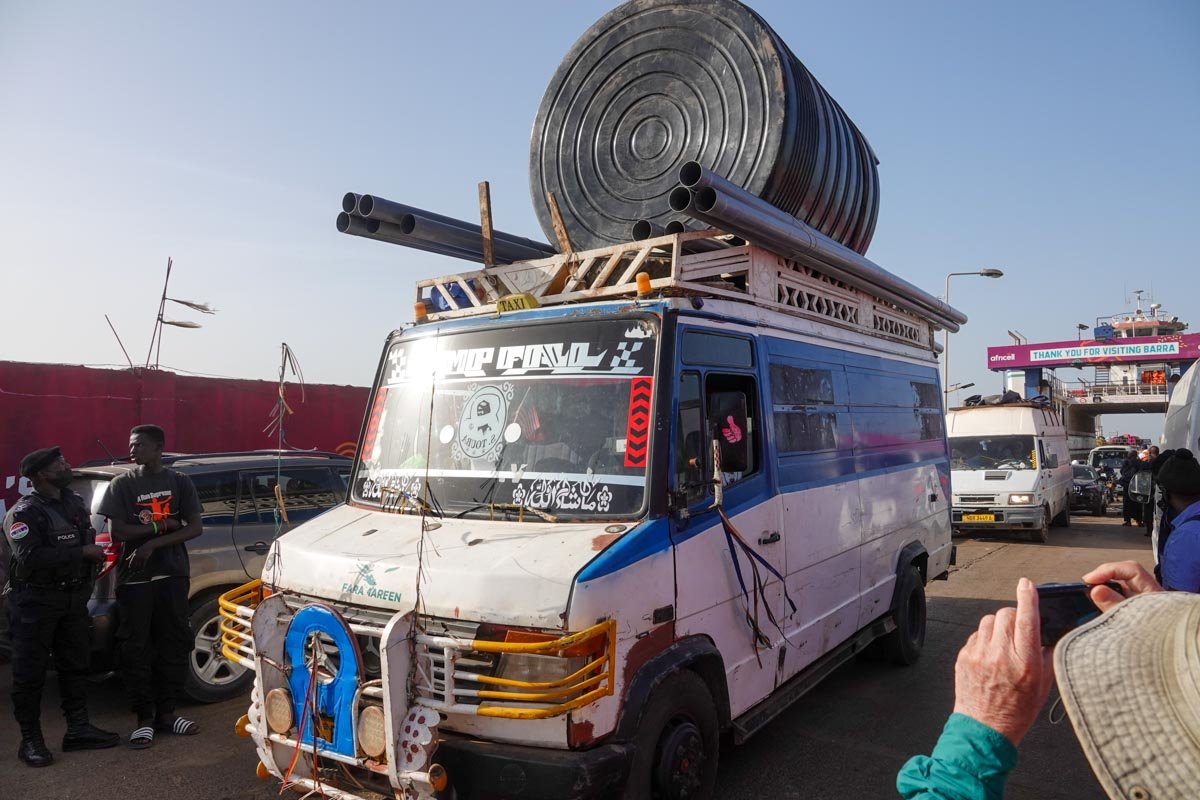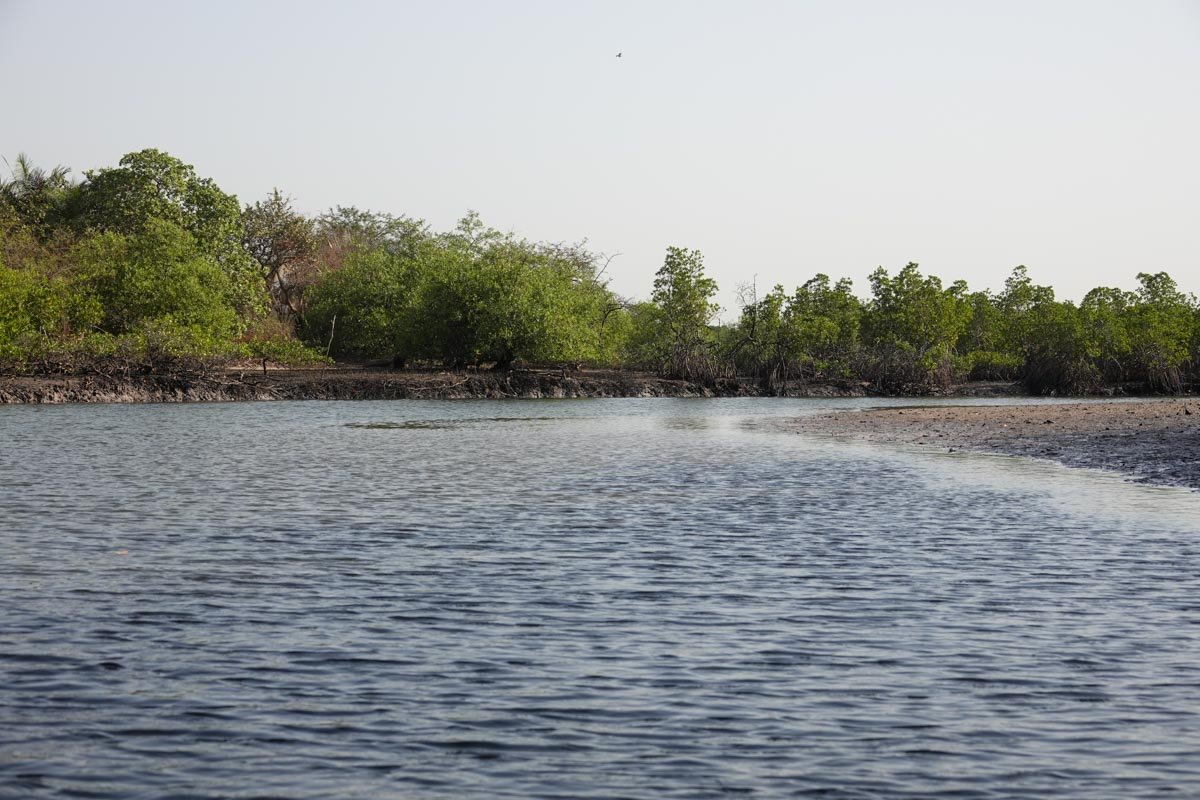Mindelo, Sao Vicente Island
We are now on Sao Vicente Island (Saint Vincent), our fourth island visit in Cape Verde. Mindelo is in the northern part of the island of Sao Vicente and is just across the channel from Porto Novo on Santo Antao Island. Mindelo is a port city with a large, natural harbor and was one of the most important harbors in the world for many decades. It was a key coal shipping harbor in the 19th century. Mindelo was founded as a settlement in 1793 by the Portuguese. The city is home to about 93 percent of the entire population of Sao Vicente and the second largest city in all of Cape Verde.
Mindelo is one of the best-preserved colonial cities in Cape Verde and is Sao Vicente's capital city. It's a lively city and considered the cultural epicenter of Cape Verde. We saw lots of art galleries, music bars, importer-exporter shops, market buildings, open markets, a fish market, and a work area for their carnival celebration in an old police station.
The photos will give you an overview of the city of Mindelo. We started our first walking tour in the morning and the town was a little sleepy, but it eventually woke up.




















































































































































